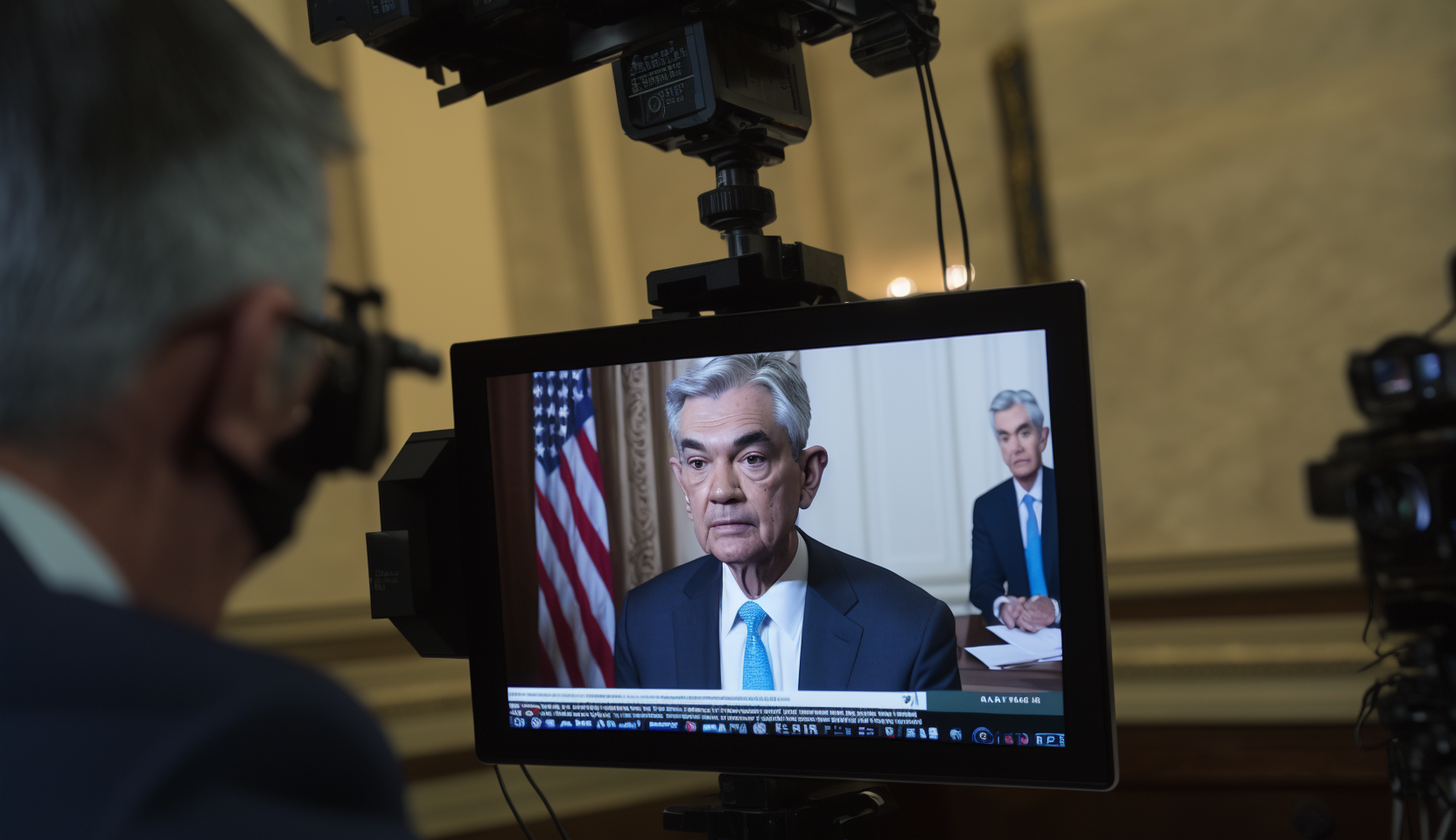In a widely anticipated move, the Federal Reserve held its benchmark interest rate steady at a towering 5.25%-5.5% range, the highest level since 2001. The decision reinforces the central bank’s steadfast commitment to quashing stubbornly high inflation, even at the risk of delivering further blows to economic growth.
The lack of a rate hike provides a temporary reprieve for consumers and businesses already grappling with the sharpest lending rate increases since the Volcker era of the early 1980s. However, this pause in rate hikes could prove fleeting if inflationary pressures do not begin to subside in the coming months. The Fed made clear its willingness to resume raising rates if inflation remains persistently elevated.
In its latest policy statement, the Fed bluntly stated there has been “a lack of further progress toward the committee’s 2% inflation objective.” This frank admission indicates the central bank is digging in for what could be an extended trek back to its elusive 2% inflation goal.
During the subsequent press conference, Fed Chair Jerome Powell struck a hawkish tone, emphasizing that policymakers require “greater confidence” that inflation is headed sustainably lower before contemplating any rate cuts. This stance contrasts with the Fed’s projections just two months ago that suggested multiple rate reductions could materialize in 2024.
“I don’t know how long it will take, but when we get that confidence rate cuts will be in scope,” Powell stated, adding “there are paths to not cutting and there are paths to cutting.”
The Fed’s preferred core PCE inflation gauge continues to defy its efforts thus far. In March, the index measuring consumer prices excluding food and energy surged 4.4% on an annualized three-month basis, more than double the 2% target.
These stubbornly high readings have effectively forced the Fed to rip up its previous rate projections and adopt a more data-dependent, improvised policy approach. Powell acknowledged the path forward is shrouded in uncertainty.
“If inflation remains sticky and the labor market remains strong, that would be a case where it would be appropriate to hold off on rate cuts,” the Fed Chair warned. Conversely, if inflation miraculously reverses course or the labor market unexpectedly weakens, rate cuts could eventually follow.
For now, the Fed appears willing to hold rates at peak levels and allow its cumulative 5 percentage points of rate increases since March 2022 to further soak into the economy and job market. Doing so risks propelling the United States into a recession as borrowing costs for mortgages, auto loans, credit cards and business investments remain severely elevated.
Underscoring the challenging economic crosswinds, the policy statement acknowledged that “risks to achieving the Fed’s employment and inflation goals have moved toward better balance over the past year.” In other words, the once-overheated labor market may be gradually cooling, while goods price inflation remains problematic.
The only minor adjustment announced was a further slowing of the Fed’s balance sheet reduction program beginning in June. The monthly caps on runoff will be lowered to $25 billion for Treasuries and $35 billion for mortgage-backed securities.
While seemingly a sideshow compared to the main event of interest rate policy, this technical adjustment could help alleviate some recent stresses and volatility in the Treasury market that threatened to drive up borrowing costs for consumers and businesses.
Overall, the Fed’s latest decision exemplifies its unyielding battle against inflation, even at the cost of potential economic pain and a recession. Having surged the policy rate higher at the fastest pace in decades, returning to a 2% inflation environment has proven far trickier than battling the disinflationary forces that characterized most of the post-1980s era.
For investors, the combination of extended high rates and economic uncertainty poses a challenging environment requiring deft navigation of both equity and fixed income markets. Staying nimble and diversified appears prudent as the ferocious inflation fight by the Fed rages on.
